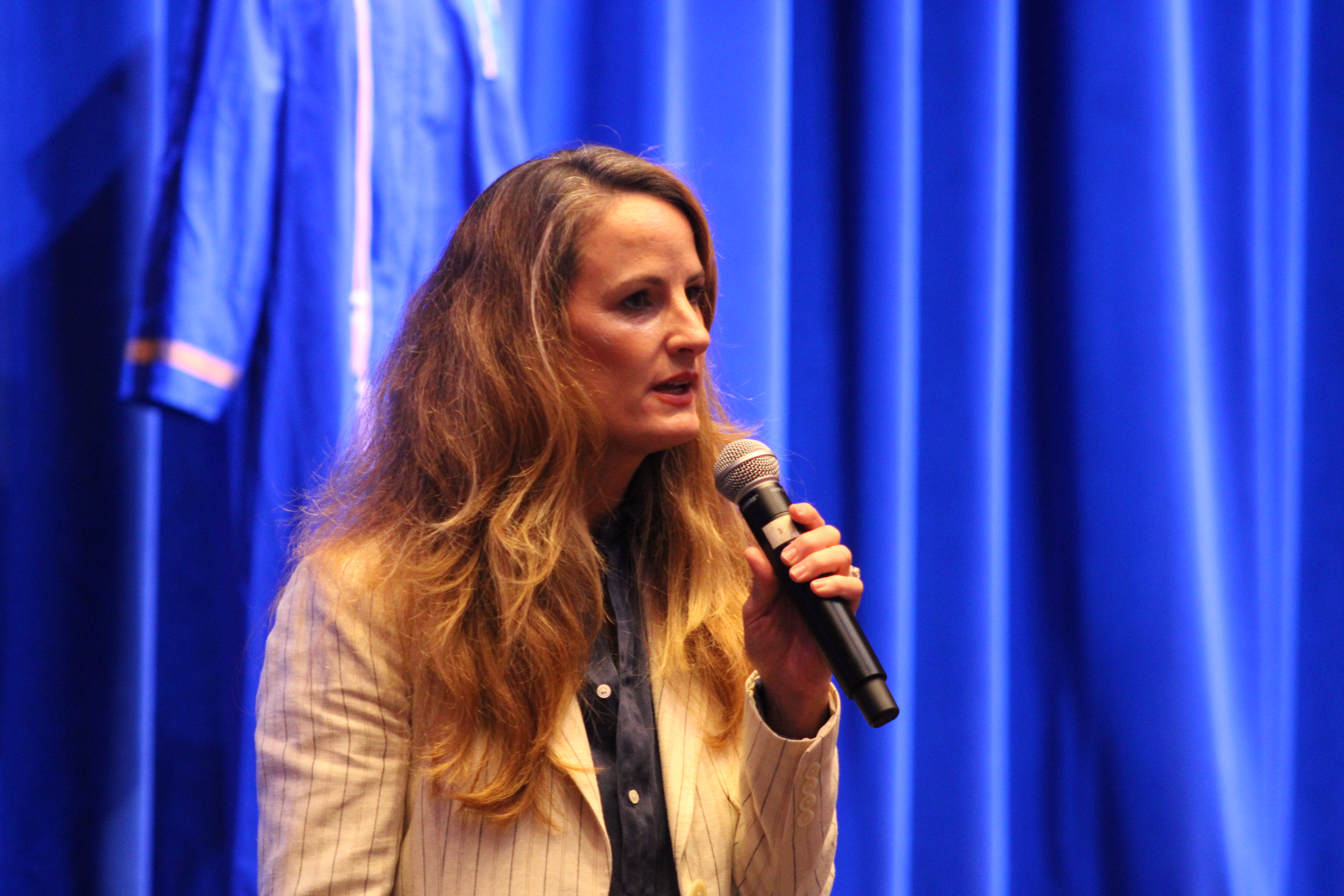Learn how to tell the difference between swarming ants and termites
Published 11:21 am Tuesday, January 30, 2018

- Clint Perkins
Termites often start swarming around the latter part of February through early March. It is important to distinguish swarming ants from termites because control measures for both are quite different in technique and price.
Subterranean termites are the most destructive insect pests of wood. In nature, they scavenge wood, breaking down the large amounts of dead trees and other wood that accumulate in forests. The breakdown products of wood are returned to the soil as humus. Problems begin when termites invade human structures. Their presence is not readily noticed, and damage often is discovered before the termites are seen. The homeowner can practice prevention, but successful chemical control nearly always requires the services of qualified pest control operators.
Trending
Subterranean termites are found throughout the United States except Alaska. These wood-destroying insects are found throughout Texas, decreasing in frequency from the Gulf Coast to central regions. Termites represent a great hazard to wooden structures in these areas.
Subterranean termites are social insects that live in nests or colonies in the soil. Three termite forms or castes are found in the colonies — reproductives, workers and soldiers. Individuals of each caste have three growth stages — egg, nymph and adult.
Reproductives can be winged (primary) or wingless (secondary). Each has the capability to produce new offspring. Primary reproductives, also called swarmers or alates, vary in body color from coal black to pale yellow-brown. The wings may be pale or smokey gray to brown and have few distinct veins. Swarmer termites are about one-quarter to three-quarter inches long and make up the largest number of individuals within a colony. Workers gather food, enlarge and maintain the nest and feed and care for all other castes in the colony.
Soldiers resemble workers in color and general appearance. However, they have large, well-developed, brownish heads with strong mandibles or jaws. Soldiers defend the colony against invaders, primarily ants. Soldiers in some types of termites generally occurring in arid regions are called nasutes. Nasute soldiers have pear-shaped heads with a long, tube-like projection on the front. They exude a sticky substance to entrap their enemies.
Termites will have straight antennae, two pair of equal length wings, no eyes and a thick waist. Do not get them confused with ants, which will exhibit an elbowed antennae, 2 pair of unequal length wings, eyes and a thin waist.
If you have any further questions, please contact the Smith County Extension Office, 1517 W. Front St. in Tyler, or call 903-590-2980.






